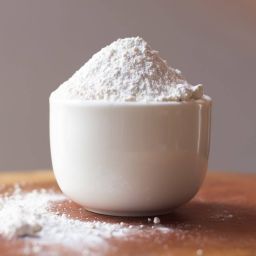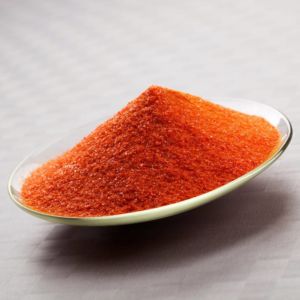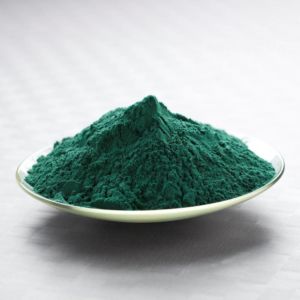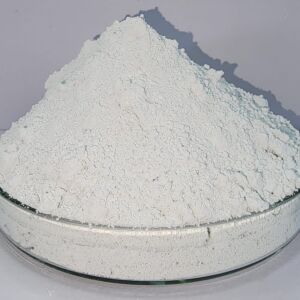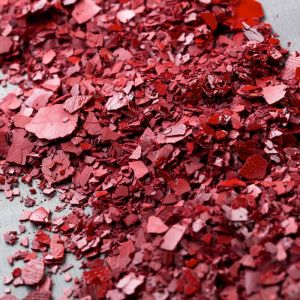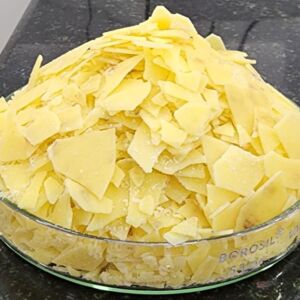| S.No | Description | Specifications |
|---|---|---|
| 1 | Appearance | White Crystal Powder |
Sodium Sulphate
Also called as White Sodium Sulphate, it finds a range of applications that are indispensible to everyday lives of people. It is used as a filler in the manufacture of detergents, glass, paper and a range of textile materials.
| S.No. | Description | Units | Textile Grade | Detergent Grade | Paper grade |
|---|---|---|---|---|---|
| 1 | pH (10% Solution) | %wlw | 7.0 – 7.30 | 7.50 ± 0.2 | 7.50 – 8.50 |
| 2 | Purity as Na2S04 | %wlw | 99.5 ± 0.2 | 99.5 ± 0.2 | 99.5 ± 0.2 |
| 3 | Chloride as NaCl | %wlw | 0.05 – 0.08 | 0.07 – 0.08 | 0.06 – 0.10 |
| 4 | Matter insoluble in | %wlw | 0.002 – 0.005 | 0.005 – 0.008 | 0.05 – 0.02 |
| 5 | Moisture at 105 ° C | %wlw | 0.07 – 0. l0 | 0.07 – 0.10 | 0.09 – 0.15 |
- Sodium sulfate is used to dry organic liquids.
- As a filler in powdered home laundry detergents.
- As a fining agent which removes small air bubbles from molten glass.
- Glauber’s salt, the decahydrate was used as a laxative which removes certain drugs such as acetaminophen from the body.
- For defrosting windows, in carpet fresheners, starch manufacture, as an additive to cattle feed.
- In the manufacture of detergents and in the Kraft process of paper pulping.
- 50 kg HDPE Bags/1000 Kg Jumbo Bags
- Store in cool and dry place
- Keep away from sunlight and heat sources
- Protect against physical damage
- Store in a dry location separate from combustible, organic or other readily oxidizable
materials - Avoid storage on wood floors
- Remove and dispose of any spilled dichromate; do not return to original containers
- Containers of this material may be hazardous when empty since they retain product residues (dust, solids); observe all warnings and precautions listed for the product
- Harmful effect on skin and eye
- After contact with skin and eye wash immediately with water
- Avoid breathing the dust
- Wear special protective equipment such as protective clothing, including boots, gloves, lab coat, apron or coveralls, as appropriate, to prevent skin contact for maintenance break-in or where exposures may exceed established exposure levels
- Use chemical safety goggles and/or full-face shield where dusting or splashing solutions is possible. Maintain eye wash fountain and quick-drench facilities in work area


